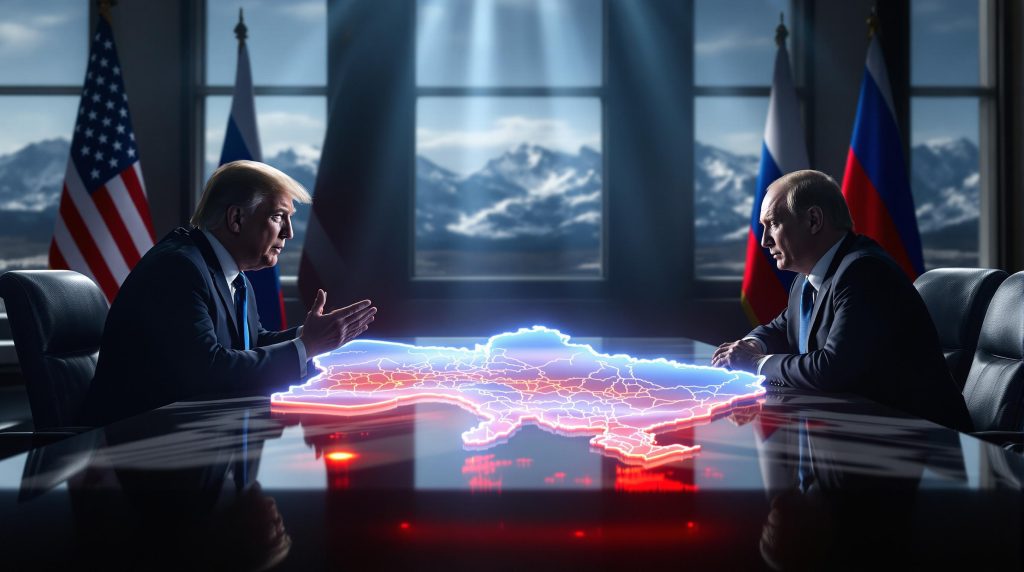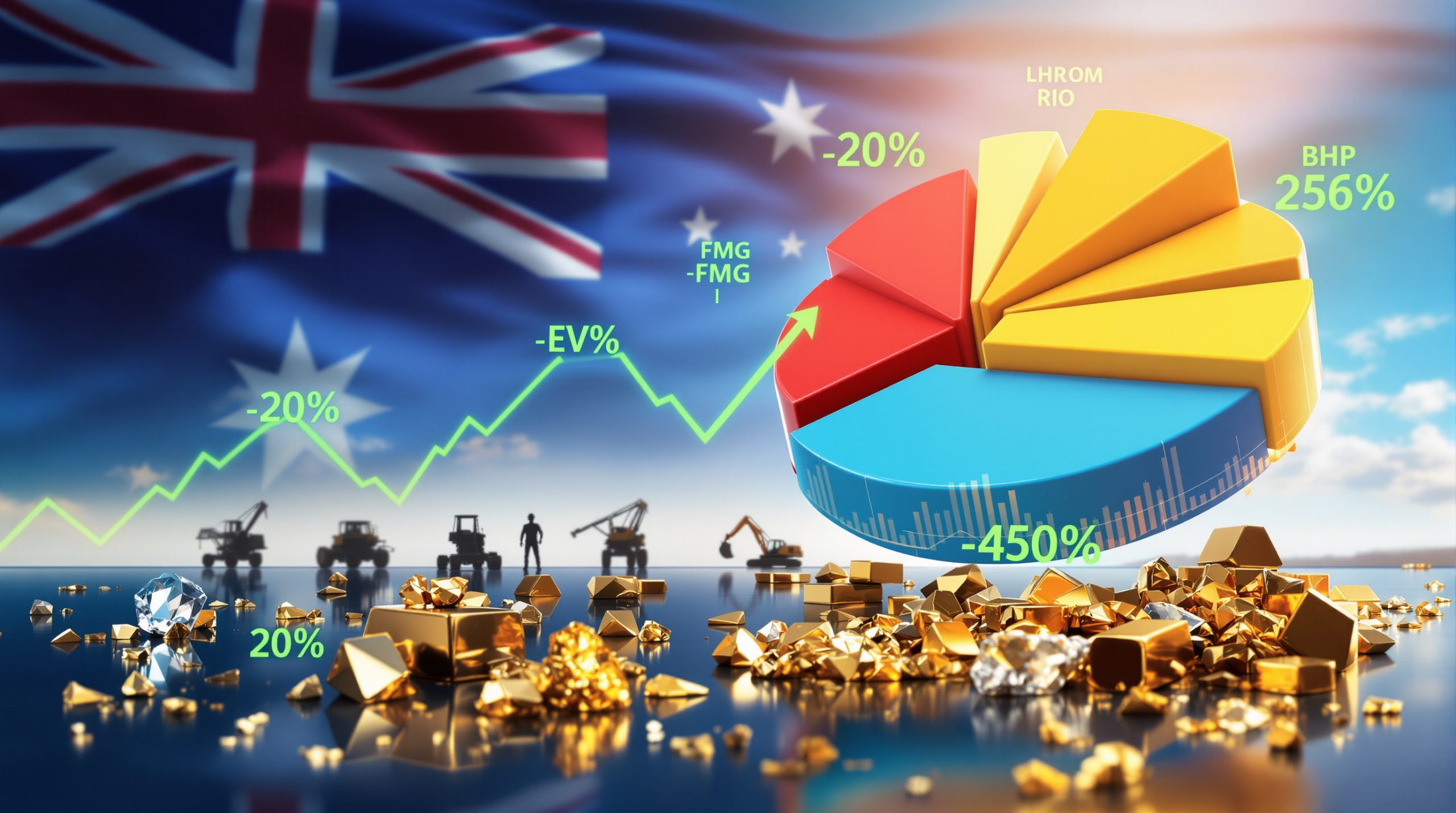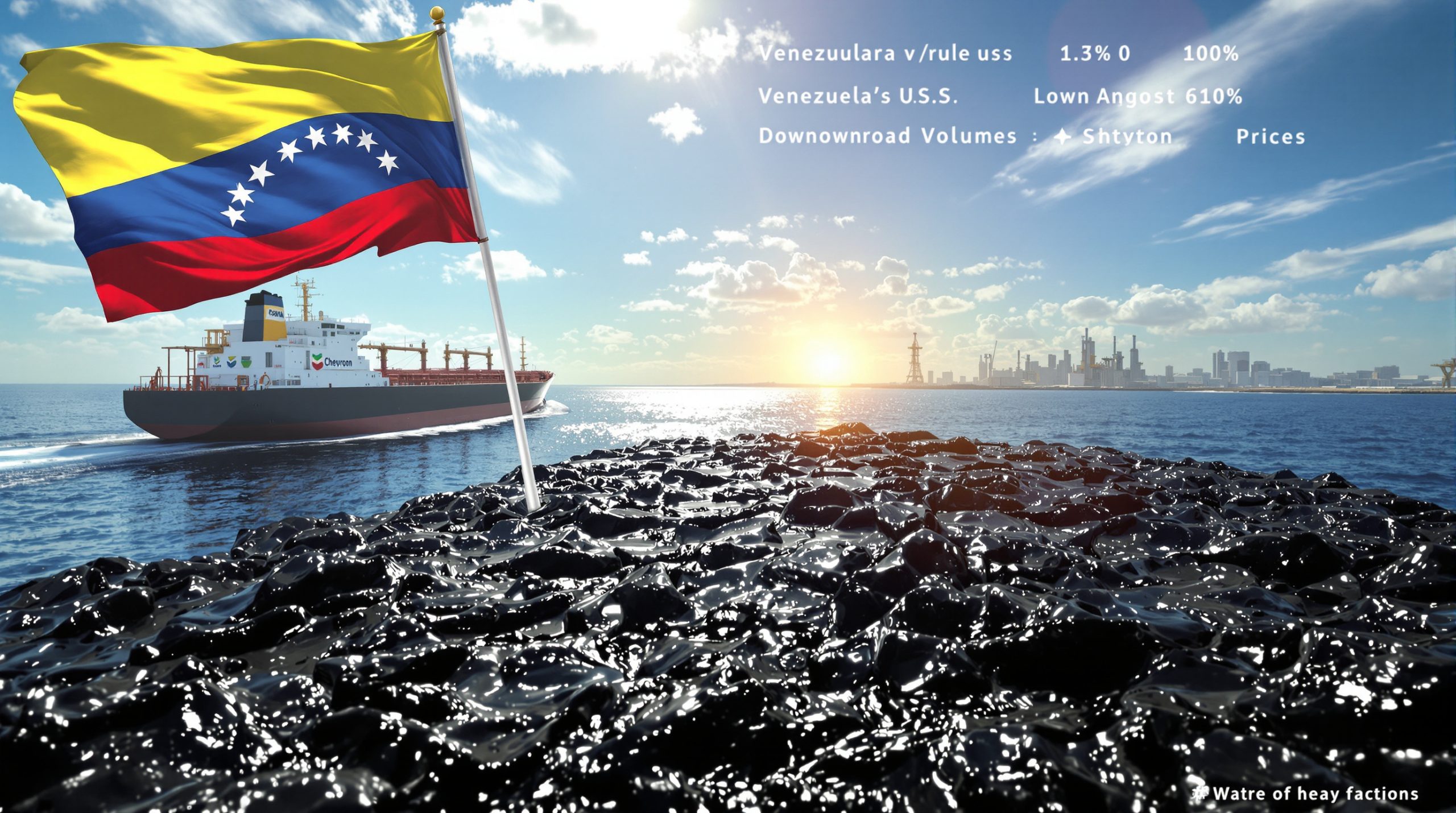Trump warns Putin of severe consequences ahead of high-stakes Alaska summit
In a dramatic escalation of diplomatic rhetoric, former President Donald Trump has issued stark warnings to Russian President Vladimir Putin just days before their highly anticipated face-to-face meeting. The event has many analysts noting that “Trump warns Putin of severe consequences ahead of high-stakes Alaska summit” is shaping global discussion. Moreover, this headline has become central to international media coverage.
The summit, scheduled for August 15, 2025, at Joint Base Elmendorf-Richardson near Anchorage, Alaska, represents a pivotal moment in global affairs. Furthermore, both leaders aim to address the longstanding Russia-Ukraine conflict through direct dialogue. International observers remain divided on the likely outcomes.
The Summit's Strategic Significance
The Alaska meeting marks a profound shift in American diplomatic strategy. It is the first direct engagement between Trump and Putin since Trump’s return to office. Experts argue that this high-stakes meeting, where “Trump warns Putin of severe consequences ahead of high-stakes Alaska summit” resonates strongly, could reframe international security discussions.
Dr Helena Mikhailova, an international relations expert, stated, "This summit represents more than just a bilateral meeting. It is a turning point for European security." Moreover, behind-the-scenes discussions indicate that vital policy shifts may occur. For instance, there is growing concern over ongoing international measures like the russian uranium imports ban.
Additionally, some policy analysts have noted that broader economic policies may be impacted. In recent weeks, whispers of potential adjustments such as the trump tariff implications have further underlined the summit’s strategic importance.
European Leaders' Coordinated Response
European leaders have demonstrated strong unity ahead of the summit. Just 48 hours before the meeting, a lengthy video conference took place where they coordinated their positions with President Trump. Consequently, this demonstrated a transatlantic approach that insists on upholding Ukraine’s right to self-determination.
Ursula von der Leyen of the European Commission described the call as "very good", and German Chancellor Friedrich Merz called it "constructive." In addition, this coordinated approach comes at a time when the international community is closely monitoring developments, including perspectives on measures such as a gold price forecast.
European leaders have put forward three non-negotiable points:
• Ukraine must be directly involved in any peace process
• No territorial changes can be imposed without Kyiv’s explicit consent
• Robust security guarantees should be provided for Ukraine
These points highlight an effort to ensure that any agreement reached respects Ukraine’s sovereignty.
Ukraine's Perspective and Concerns
The Ukrainian government continues to stress that Ukraine’s future should be decided by Ukrainians. President Volodymyr Zelenskyy has emphasised the necessity of achieving an immediate ceasefire alongside full Ukrainian participation in any peace process. In one pre-summit discussion, he stated, "Ukraine’s future must be decided by Ukrainians."
Ukrainian policy remains clear:
• No territorial concessions are acceptable
• All Russian forces must withdraw from recognised Ukrainian territory
• Security guarantees must be credible and robust
• Accountability for war crimes is essential
Diplomats note that this stance reflects deep-seated concerns about any potential outcomes. Moreover, recent discussions hinted at shifts in industrial policy, such as debates over the critical minerals policy, which could indirectly affect Ukraine’s reconstruction efforts.
Summit Objectives and Potential Outcomes
The primary aim of the Alaska summit is to establish a framework to end hostilities in Ukraine. Although a comprehensive peace deal remains uncertain, the meeting could lay the groundwork for a gradual de-escalation of conflict. Notably, analysts have reiterated that “Trump warns Putin of severe consequences ahead of high-stakes Alaska summit” as part of a broader deterrence strategy.
Immediate Objectives
• Achieve a sustainable ceasefire on all fronts
• Establish secure communication channels for military deconfliction
• Form working groups to address specific conflict issues
• Set a timeline for peace negotiations
Defense policy expert Marcus Reynolds observes, "A ceasefire is an important milestone, but the devil is in the details, such as verification and buffer zones." Meanwhile, there is cautious optimism that the summit may smooth some longstanding tensions.
Longer-Term Outcomes
Potential outcomes include:
• A trilateral meeting with Ukrainian leadership at a neutral location
• Framework documents to resolve territorial disputes
• Discussions on sanctions relief linked to specific Russian measures
• Deployment of international monitoring missions
Former State Department official Jennifer Walsh warned, "History shows that ceasefires without robust verification can quickly collapse." The complexity of these issues means that any concrete outcome is likely to be incremental.
Persistent Challenges to Peace
Achieving lasting peace in Ukraine faces numerous obstacles. Territorial disputes remain the most intractable issue, with Russia occupying about 18% of Ukraine’s internationally recognised territory. This includes Crimea, regions in Donetsk and Luhansk, as well as other contested areas.
Ukrainian officials categorically reject any permanent Russian territorial control. Similarly, security guarantees remain contentious, with Ukraine favouring potential NATO membership while Russia insists on Ukrainian neutrality. Security expert Dr Robert Kagan commented, "Designing a security arrangement that reassures Ukraine while addressing Russian concerns is incredibly challenging."
Furthermore, issues such as war crimes and accountability continue to hamper negotiations. Allegations range from targeted civilian attacks to forced population transfers. Human rights organisations continuously highlight that accountability should not be sacrificed for a hasty peace.
Potential Impact on Global Energy Markets
The summit has sent ripples across global energy markets. Analysts have noted immediate reactions such as decreased crude oil volatility and a 7% decline in European natural gas prices. The momentum of these shifts is captured by discussions around the oil price rally.
Market analyst Sarah Johnson explains, "The markets are cautiously optimistic about a de-escalation, even as uncertainty lingers." Moreover, energy stocks linked to Russian assets have experienced modest gains. In addition, economic observers are tracking potential developments that may impact long-term energy security.
Longer-term implications could include:
• Reintegrating Russian energy supplies into European markets
• Reviving paused energy infrastructure projects
• Adjusting European strategies for energy diversification
• Reassessing investments in LNG terminals and renewable projects
These factors underline the complex relationship between geopolitical negotiations and energy market stability.
For further insight on market shifts, one may find additional alaska summit details from international observers.
Next Steps Following the Summit
While definitive outcomes remain uncertain, several potential follow-up measures have been discussed. President Trump has hinted at the possibility of a trilateral meeting including Zelenskyy. He mentioned, "If progress is made in Alaska, all parties could be brought together to finalise a deal."
European leaders have already offered to host further talks in neutral cities such as Vienna, Geneva, or Helsinki. Proposed next steps include:
- Immediate implementation: Ceasefire, prisoner exchanges, and humanitarian access
- Medium-term measures: Troop realignment and establishing security zones
- Long-term processes: Political settlements, reconstruction, and sanctions relief
These proposals indicate that the summit is only the first step towards a larger peace process. Analysts continue to monitor how “Trump warns Putin of severe consequences ahead of high-stakes Alaska summit” may influence subsequent diplomatic moves. For an overview of ongoing developments, see the latest putin response.
Frequently Asked Questions About the Summit
Will the summit result in an immediate end to the Ukraine conflict?
An immediate end is unlikely. However, a framework for de-escalation could be negotiated. There remain deep divisions regarding security and territory.
How does this summit differ from previous diplomatic efforts?
It is the first direct face-to-face meeting between Trump and Putin focused on the Ukraine conflict since Trump’s return. Previous efforts involved intermediaries rather than direct dialogue.
What role will Ukraine play in any peace agreement?
Ukraine’s involvement is critical. European leaders and President Trump insist that any peace deal must include Ukraine, especially on territorial issues.
How might this summit affect U.S.-Russia relations beyond Ukraine?
Beyond the immediate conflict, outcomes could influence discussions on arms control, cybersecurity, and broader economic relations.
In conclusion, as global attention hones in on the Alaska discussions, it is clear that “Trump warns Putin of severe consequences ahead of high-stakes Alaska summit” is not just a headline—it encapsulates a turning point in international diplomacy. The world now watches, hopeful yet cautious, as the implications of these talks continue to unfold.
Interested in Investment Opportunities During Global Geopolitical Shifts?
Discover how major geopolitical events like the Trump-Putin summit can impact investment markets with Discovery Alert's proprietary Discovery IQ model, delivering real-time insights on emerging opportunities across commodities and ASX-listed companies. Visit the Discovery Alert discoveries page today to understand how significant market movements can lead to exceptional investment returns.




